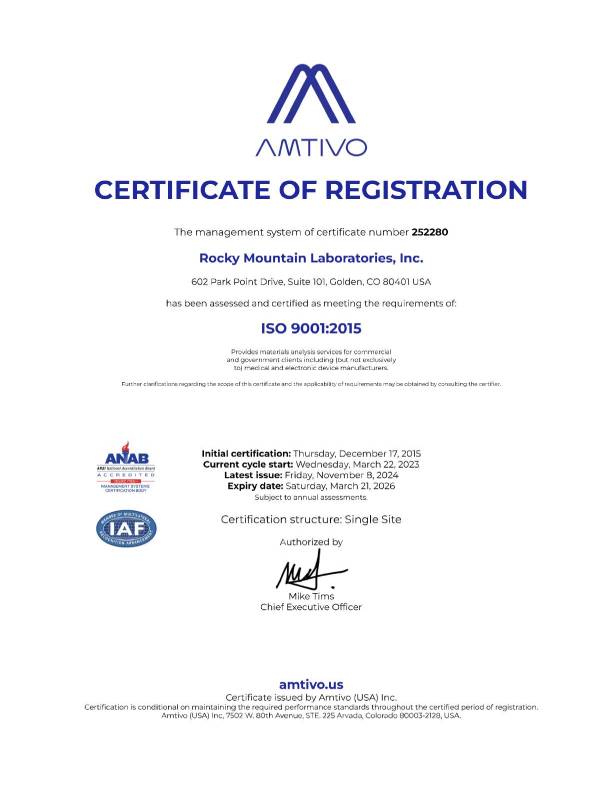EDS (Energy Dispersive X-ray Spectroscopy) and XRF (X-ray Fluorescence) analysis are both techniques used for elemental analysis, but they differ in their principles, applications, and instrumentation. Here are the key differences between EDS and XRF analysis:
- Principle of Analysis:
- EDS: EDS is based on the interaction of high-energy electrons with a sample. When the sample is bombarded with electrons, characteristic X-rays are emitted from the sample, and the energy and intensity of these X-rays are used to identify and quantify the elements present.
- XRF: XRF relies on the excitation of inner-shell electrons in atoms by high-energy X-rays. When these inner-shell electrons are ejected, outer-shell electrons fall into the vacancies, emitting characteristic X-rays. The emitted X-rays are then analyzed to determine the elemental composition of the sample.
- Excitation Source:
- EDS: EDS is commonly used in conjunction with electron microscopes (such as SEM) where the sample is bombarded with an electron beam to generate X-rays.
- XRF: XRF can use different excitation sources, including X-ray tubes or radioactive sources. X-ray tubes are commonly used in laboratory settings for bulk analysis of samples.
- Spatial Resolution:
- EDS: EDS is often used for microanalysis with high spatial resolution, allowing for the examination of small regions in a sample, as it is frequently coupled with electron microscopes.
- XRF: XRF provides elemental information averaged over a larger sample volume. It is suitable for bulk analysis of samples and is not as well-suited for high spatial resolution imaging.
- Sample Types and Applications:
- EDS: EDS is commonly used for analyzing materials at the microscale or nanoscale, making it suitable for applications such as characterizing individual particles, studying small features in materials, or identifying elements in biological samples.
- XRF: XRF is often used for bulk analysis of larger samples and is suitable for a wide range of applications, including geological exploration, environmental analysis, and quality control in industries such as mining and metallurgy.
- Detection Limits and Sensitivity:
- EDS: EDS tends to have lower sensitivity compared to XRF, especially for lighter elements. It may have higher detection limits for some elements.
- XRF: XRF is generally more sensitive and has lower detection limits, making it suitable for the analysis of a wide range of elements, including light elements.
While both Energy Dispersive X-ray Spectroscop Analysis and XRF are X-ray-based techniques used for elemental analysis, they differ in their excitation sources, spatial resolution, applications, and sensitivity. The choice between EDS and XRF depends on the specific requirements of the analysis and the characteristics of the sample being studied.



